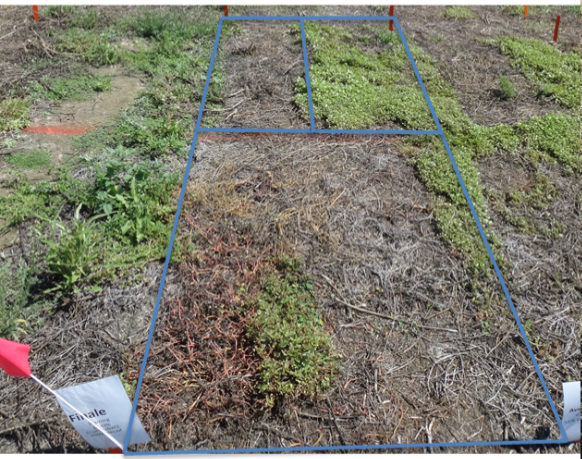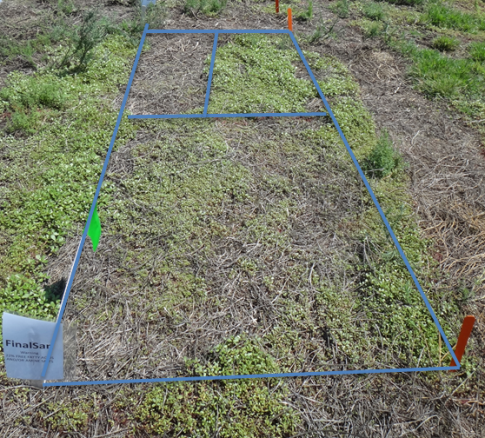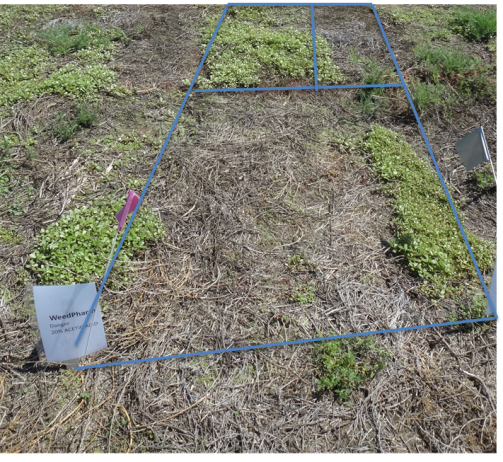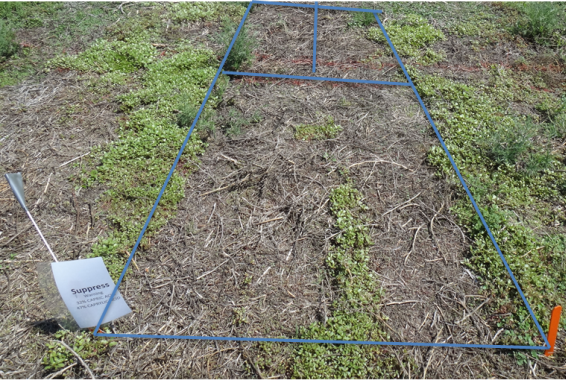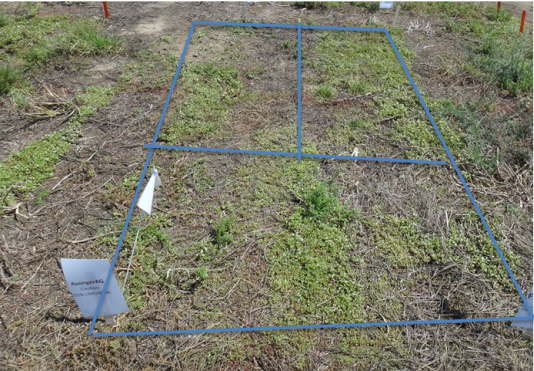A few months ago I wrote about starting some tests looking at various postemergence herbicides for non-crop use. This project was initiated due to new ordinances some cities in southern California were considering or adopted that limited the use products containing glyphosate on city owned property. I changed up some of the products from the original test I did and repeated some others.
Some are listed as organic and some are organic but not be organically approved by a certifying agency e.g. OMRI. One is listed as a biopesticide (Fiesta). One is a synthetic pesticide (Finale) that may be a good replacement in certain situations.
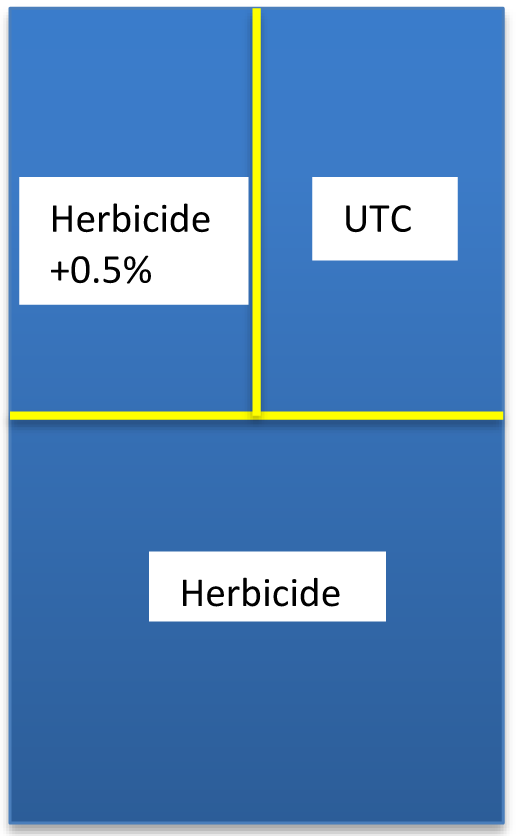
I used 90GPA spray volume at 40PSI using a flat fan nozzle. Most weeds were under 5” when the treatments were first applied but escapes were larger by the second application. Most plots had hairy fleabane, horseweed, annual sowthistle, Jerusalem oak, and common purslane.
While I'm still evaluating the data, I can say that some products look pretty good and while the costs are high (see Table 1), at least the cities can narrow down what products would work for them.
Just considering overall weed control, my observations are that FinalSan+Liberate; WeedPharm (or any 20% acetic acid) with or without surfactant; Suppress; and Finale have the best potential. While 3 of the 4 products are organic, note that all are more hazardous than Roundup per the signal word. Fiesta provided excellent control of hairy fleabane, horseweed, and annual sowthistle, especially when the surfactant was included. Because seedlings emerged after treatments, they contributed to the overall weed pressure. In the best scenario, these materials would be applied with a preemergent herbicide to suppress weed germination. This would likely reduce cost of the postemergent treatments as well as labor costs.
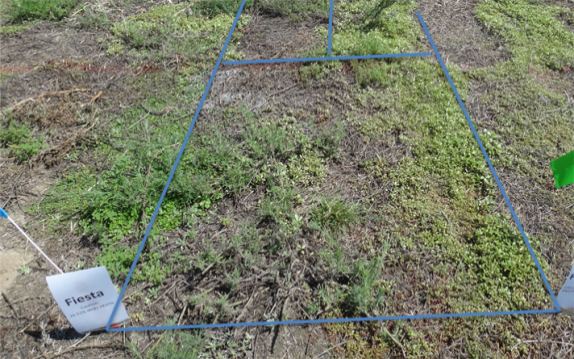
One should also consider where they are used. For example, these could be used for weed treatments in tree wells, edging, or in cracks while glyphosate or other lower cost products could be used along fencelines or where there are grassy weeds.

